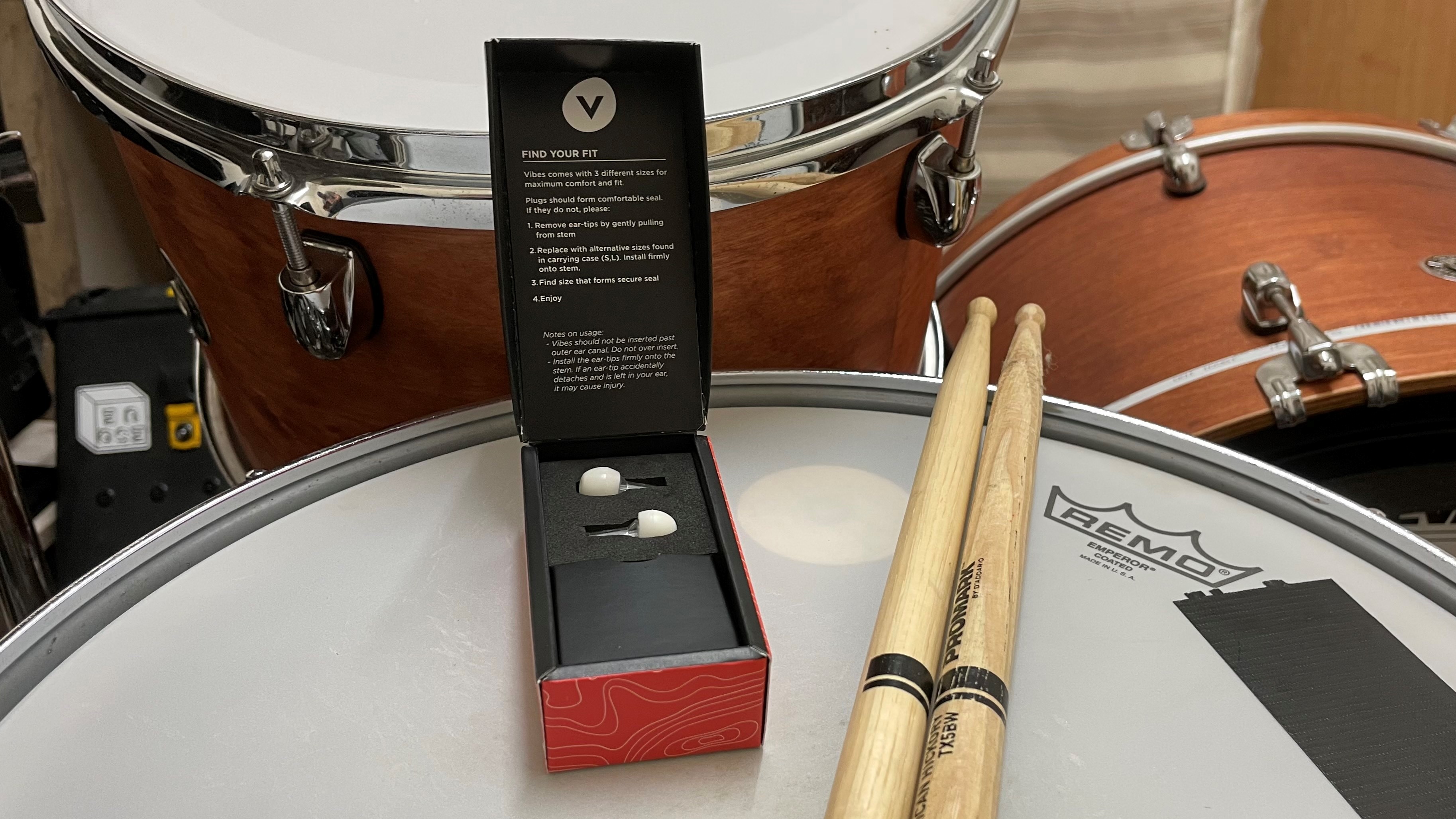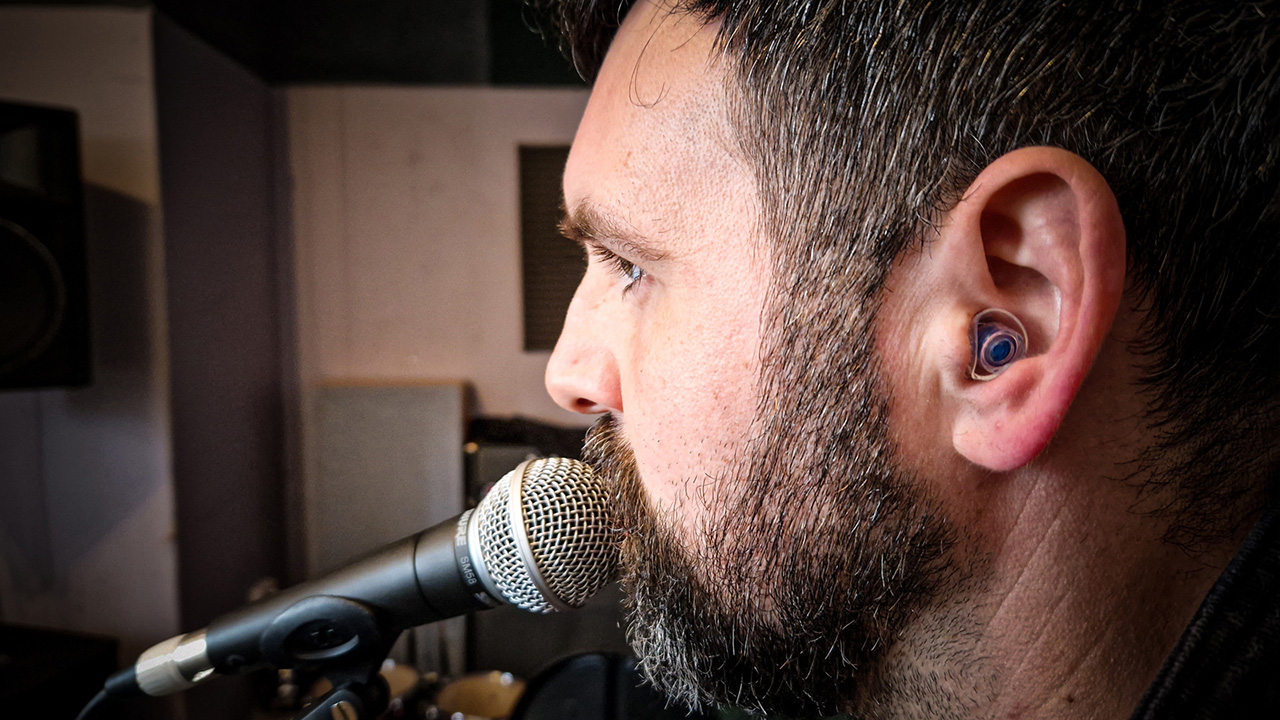It sounds obvious to say it, but being able to hear things is great. Music, conversations, the roar of the festival crowd... without the ability to hear things, life would be much less rich. But when the American Tinnitus Association reports that around 15% of all Americans have some form of hearing deficiency, you know it’s an issue that demands the attention of musicians.
Here at Louder, we've covered some of the best earplugs for concerts, and while it's important for fans to take action to protect their hearing, musicians are in the firing line day after day and equal care has to be given to their hearing health.
From live performance through to practice rooms and even the over-use of headphones, our hearing is under constant strain. However, unlike construction workers, for example, musicians have special requirements when it comes to earplugs. So much of what we do is reliant on us being able to hear the nuances of timing, timbre and tone, so the earplugs we need differ in some fundamental ways to those used for more industrial hearing protection.
Musicians' earplugs, unlike standard foam earplugs, are specifically designed to attenuate sound without distorting the integrity of the music. This article explores the mechanics behind these specialised earplugs, the materials used in their manufacture, and the various benefits they provide.
How Musicians' Earplugs Work
Essentially, musicians’ earplugs are crafted to reduce the volume of sound that reaches the eardrums while maintaining a clear, natural sound quality. At a basic level, this is achieved through the use of high-fidelity filters and a design that targets specific frequencies for attenuation.
Unlike standard earplugs that muffle all frequencies, leading to a loss of clarity, musicians' earplugs employ advanced acoustic engineering. These contain a diaphragm which acts like a low-pass filter, allowing low frequencies to pass through more freely while attenuating the harsher, higher frequencies. This selective frequency reduction helps maintain the musical quality, ensuring that every note and tone is still discernible but at a safer volume level.
Materials used in musicians' earplugs

The effectiveness of musicians' earplugs largely depends on the materials used in their construction. The most common materials are silicone, foam and hybrids of the two. Silicone earplugs are popular due to their softness and flexibility, which provide comfort and a custom fit. They are non-porous, making them easy to clean and hygienic, and can be moulded to fit the unique contours of the wearer’s ear, providing a seal that reduces sound more evenly.
Foam earplugs, on the other hand, are cheaper, disposable and not recommended for concert-goers unless in a pinch. They compress while being fitted into the ear canal and then expand to fill it, and can significantly reduce noise levels. However, they tend to reduce high frequencies more than low frequencies, which can alter the sound's fidelity. Not ideal when you still require some degree of clarity and precision from what you’re hearing.
Flanged, or hybrid, earplugs, are often made of a combination of materials such as silicone and plastic, are designed with multiple ridges that seal the ear canal. They are reusable and can be easily inserted and removed, making them a convenient option for musicians who need to frequently take earplugs in and out.
Examples
Several products exemplify the best in modern earplug technology:
Minuendo Lossless: These earplugs use a proprietary filter technology to reduce noise while preserving music clarity and speech intelligibility. They are a favorite among professional musicians for their comfort and reliability.
Vibes High-Fidelity Earplugs: Designed for live music and environmental listening, Vibes uses an acoustic filter that reduces decibel levels evenly across the frequency spectrum. This allows musicians to hear music and conversation clearly without damaging their hearing.
Decibullz Custom Molded Earplugs: These are thermoplastic custom-molded earplugs that can be remolded to fit the user's ears perfectly. They combine the benefits of a custom fit with the convenience and protection of a removable filter.
Additional Considerations
When choosing earplugs, musicians should consider the Noise Reduction Rating (NRR) which indicates the level of sound the earplugs can block out. For musicians playing in particularly loud environments, a higher NRR may be necessary.
It's also important to consider the comfort and fit as musicians often wear these earplugs for extended periods. The ease of cleaning and longevity of the earplugs are practical considerations that can influence a musician's choice.
Conclusion
Musicians' earplugs are a critical tool in preserving hearing, a musician's most valuable asset. By using advanced materials and technologies, these earplugs ensure that music can be enjoyed and performed without risking hearing damage. With a range of products available, there is a solution that fits every ear and every budget, safeguarding musicians' auditory health for a lifetime of music enjoyment.
Whether in a studio, concert hall, or open-air festival, the right earplugs can make all the difference in a musician's performance and our ability to enjoy their creations.
Related content
- How to keep your earplugs clean so you can use them time after time
- 5 things to consider when investing in a pair of earplugs
- How often should you replace your earplugs?
- Can wearing earplugs damage my ears?
- Living with tinnitus: "We all love music – why would we want to lose that?"
- 5 reasons why it's time to start wearing earplugs at gigs
- Loudness explained: Volume and decibel levels defined for live music fans

